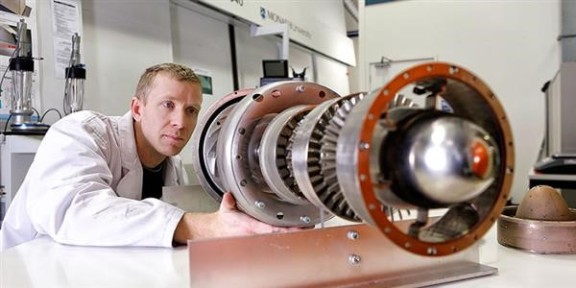From an economic point of view aerospatial industry has to reduce the production costs of their parts. From a technical point of view, aerospatial has to further reduce the fuel consumption of their entrance of the future and to reduce the fuel consumption of their ancients in the future before they have to improve aerospace part design.
One essential advantage of the edited manufacturing is the short lead times in the development phase. Further one big advantage in the future will be to really use the possibilities of complex designs to have new designs for lightweight for internal structures to really use it as smart design but also for more simple parts that will be the possibilities if you have low quantities to be competitive with the additive manufacturing.
For specialists, the real challenge in the future will be to tap the potential for serious production. Therefore it will be essential to get to a close collaboration between design and manufacturing.
Where 3D printing helps is not producing a lot of the parts that structure of flight critical components like brackets, clips, etc. But more, so in those easily their stock able gaskets bearings things like that could be easily manufactured on the fly for the aftermarket.
Imagine you are running a large maintenance repair and overhaul facility and thirty percent of our parts, maybe those quick consumables having a 3D printing capability there and being able to print on demand for those components vice having a large stock room or constant ordering process would lower the cost of overall. But specialists believe that because of the nature of the structural components and the flight safety critical or just simply delivery capability critical components a predominance of parts will not be viable for aerospace and defense for 3D printing it’s more in that aftermarket use that they see the opportunities.

